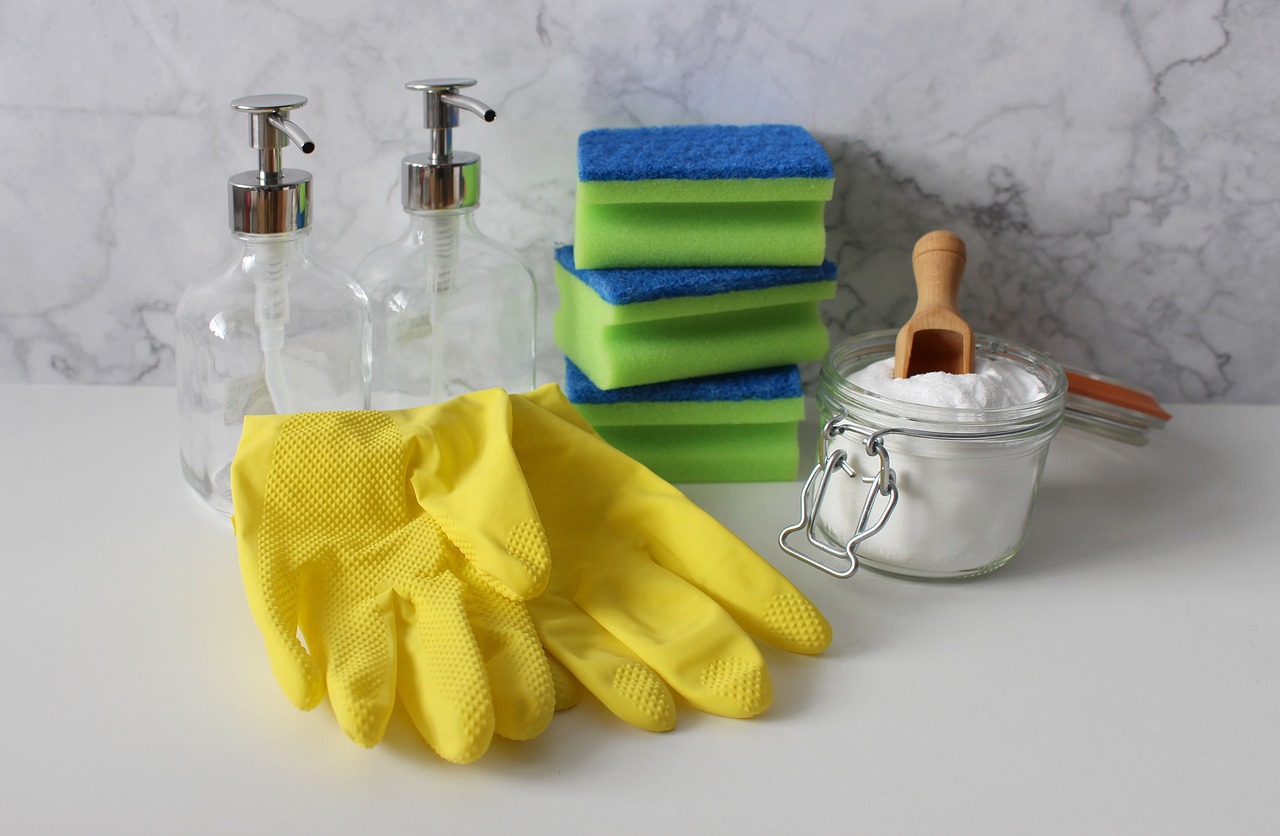Cleaning isn’t just about making things look good. A tidy space works wonders for mental clarity and overall wellness. Think of it as a tidy home leading to a tidy mind. When you walk into a clean room, there’s an instant boost in your mood.
Now, imagine this: clutter piles up, dust settles, and suddenly you’re sneezing or feeling sluggish. Yep, regular cleaning doesn’t just spruce up your space, it keeps health issues at bay. Dust mites and allergens have less of a chance to crash the party.
Behind every cleaning schedule lies science and strategy. A well-thought-out plan saves time and effort and ensures every corner gets the attention it deserves. No more wondering when you last mopped the floor or cleaned the fridge. It’s all there in your schedule.
In creating a schedule that works, it’s essential to follow expert advice and rely on reliable sources. Using tried-and-true methods only adds to the effectiveness and trustworthiness of your plan. Understanding these principles gives your cleanup mission an edge, ensuring you take the best approach without unnecessary headaches.
Step-by-Step Guide to Crafting an Efficient Cleaning Schedule
Getting your cleaning schedule sorted kicks off with a good look at your space. Identify the hotspots that demand more frequent attention versus those that can chill for a week or two. A bit of upfront organization goes a long way.
Time to get real with your calendar. A cleaning schedule should fit comfortably within your weekly routine. Avoid overloading yourself by rotating tasks—maybe handle the dusting one day and sweeping the next. The aim here is to keep it simple and manageable.
Equip yourself with tools that make cleaning as smooth as possible. From smart cleaning apps to a trusty calendar pinned to the fridge, there are plenty of ways to keep your tasks in check. It’s about finding what clicks for you and sticking with it.
Balancing cleaning tasks is crucial. Spread out your tasks across daily, weekly, and monthly slots so nothing gets missed. This way, you aren’t left overwhelmed by a colossal to-do list over the weekend. Personally, I find that mixing lighter tasks with more intensive cleaning helps in maintaining consistency without burnout.
Example Guide:
The 15-Minute Rule
Break your cleaning into 15-minute sessions – morning, afternoon, evening. Use a timer, focus on one area and you’ll be amazed at how much gets done. (Mornings for dishes, afternoons for clutter pickup, evenings for quick sweep.)
Daily Checklist:
- Make beds.
- Load/unload dishwasher.
- Wipe down counters/benches.
- Quick floor sweep.
- One load of laundry.
- Tidy high-traffic areas.
Weekly Cleaning Plan: (One task per day.)
- Monday: Kitchen deep clean.
- Tuesday: Bathrooms.
- Wednesday: Floors (vacuum/mop)
- Thursday: Bedrooms (change sheets on this day.)
- Friday: Declutter & dust.
- Saturday: Laundry catch-up.
- Sunday: Reset & relax.
Kid-Friendly Chores.
Get the kids involved! Assign chores based on age and make cleaning fun. Use timers, music, or reward charts to keep them motivated.
Natural & Safe Cleaning for Kids.
Use natural cleaners like vinegar, baking soda, and lemon to safely clean surfaces. These are non-toxic and safe around children. Bonus: Natural Cleaning Recipes.
Monthly Deep-Clean Tasks.
- Wash windows.
- Clean under furniture.
- Shampoo rugs/carpets.
- Organize and declutter closets.
- Deep clean appliances. (Filters etc)
Sanitize light switches.
Making the Schedule Work for You and Your Family
Crafting a cleaning schedule that fits everyone’s lifestyle is the game-changer. It’s a good idea to think about each family member’s preferences and energy levels. Some of us are morning cleaners, while others are night owls.
Flexibility is key. Life happens, and sometimes the plan goes off track. Your schedule should be able to accommodate those unexpected curveballs without stress. Swapping tasks or days can help keep things running smoothly.
Accountability doesn’t need to be a chore. Turning cleaning into a team effort can be a fun family activity. Consider setting cleaning challenges or games for the kids. It turns a regular chore into something everyone looks forward to participating in.
Personalized organization methods: Tailor your schedule to individual preferences, perhaps using color-coded charts or apps.
Tools to track progress: Use tracking sheets, smartphone reminders, or a whiteboard to keep tabs on completed chores.
Family-friendly cleaning games: Create challenges with small rewards or make cleaning a timed event to speed things along.
Remember, perfection is not the goal – progress is. Build routines that work for your lifestyle – keep the communication open.

